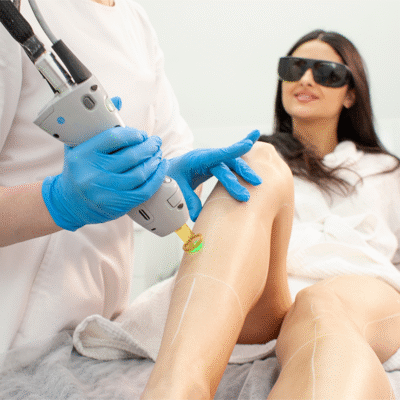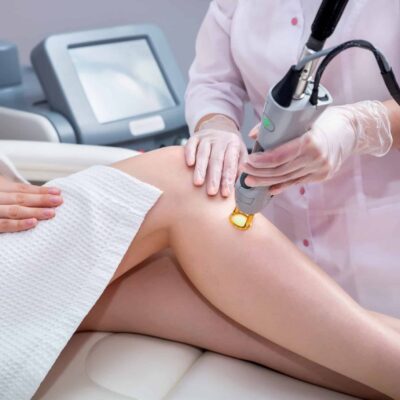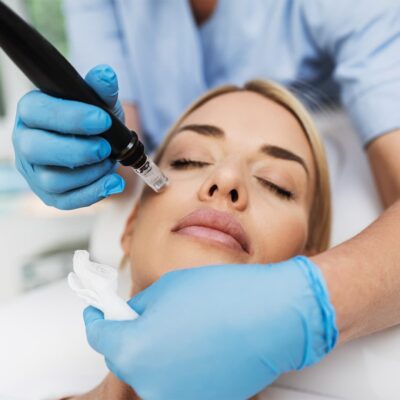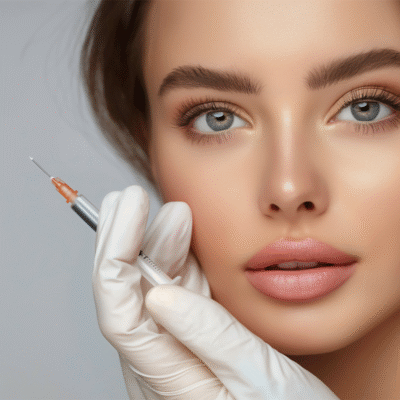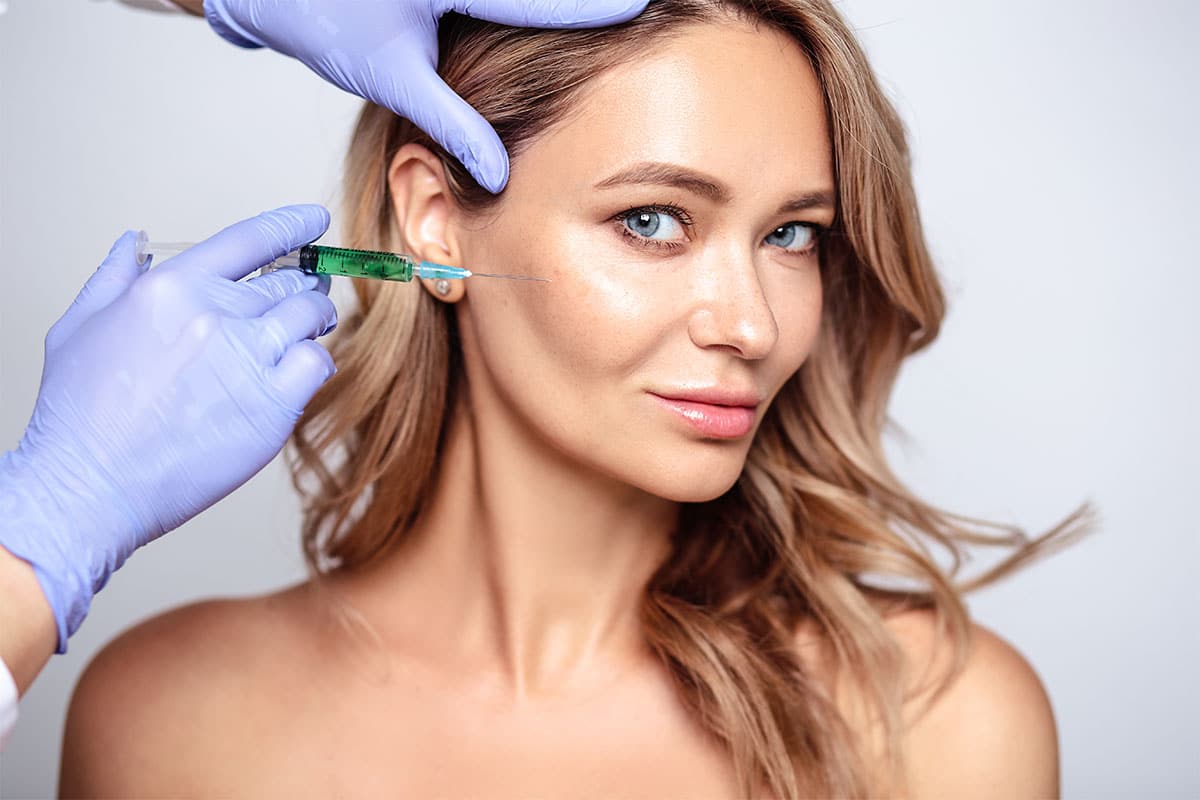
How to Become a Nurse Injector
You’re great at patient care. You’re just tired of the pace that leaves no room for you. If you’ve wondered whether your clinical experience could translate into a more human, creative, and flexible path, aesthetic injecting is worth a serious look. This guide shows how to become a nurse injector (step by step), grounded, practical, and aligned with the work you already do well.
ILM’s point of view is simple: mastery comes from focused, hands-on practice in boutique classroom settings, not from crowded lectures. If that resonates, read on.
What a Nurse Injector Actually Does (High-Level)
A nurse injector performs nonsurgical aesthetic treatments, most commonly neuromodulators (e.g., “Botox-type” products) and hyaluronic acid fillers, to soften lines, balance proportions, and support patient confidence. Daily work looks like:
- Consultation & assessment: medical history, facial analysis, photography, realistic goals.
- Treatment planning: product selection, dosing strategy, anatomy-first approach.
- Injection technique: safe, precise delivery using sterile technique and evidence-informed protocols.
- Aftercare & documentation: post-procedure guidance, follow-ups, and EMR notes.
The RN-to-Aesthetic Injector Pathway (Step-by-Step)
1) Verify eligibility & credentials for injectables
- Confirm eligibility: This path is for licensed medical professionals only, including nurses, nurse practitioners, physician associates, dentists, doctors, and physicians. You’ll need to provide credentials to enroll in serious training programs (including ILM).
2) Build a foundation the right way (fast, not rushed)
Aesthetic outcomes are born from anatomy + assessment + product physics. Before technique sprints, get grounded in:
- Surface and deep facial anatomy (danger zones, fat pads, retaining ligaments)
- Product science (rheology, G’/G*, crosslinking, diffusion)
- Adverse events (vascular occlusion recognition and response)
- Photography and documentation that stand up to scrutiny
Pro Tip: Choose a hands-on injectables course for nurses that bakes this into the live model work rather than splitting didactic from skill.
3) Do real injections on live models, correctly supervised
The fastest way to go from “I understand” to “I can perform” is live-model training with one-on-one mentorship in small cohorts. That’s where ILM focuses.
- You don’t need a packed auditorium; you need eyes-on guidance at the bedside.
- Technique progression typically starts with upper-face neuromodulators, then foundational filler areas (e.g., cheeks, nasolabial support) before moving into lip filler training for nurses and contour work.
- A quality course should also credit your learning. ILM’s 2-Day Botox & Filler Training includes 15.5 CNE credits.
Explore ILM’s live-model approach in the 2-Day Botox & Filler Training course.
4) Get supervised clinical exposure, shadow, then build a portfolio
- Shadow days help you see full-day clinic flow, not just isolated injections.
- Apprenticeship hours accelerate your comfort with consultation, consent, prep, injection, and follow-up.
- Build a before/after portfolio anchored in consistent lighting and angles. Include case reasoning, not just results. Hiring managers notice.
At ILM, graduates receive a complimentary shadow day at our med spa and complimentary apprenticeship hours designed to bridge training and independent practice, so you don’t “graduate” into uncertainty.
5) Keep advancing (safely)
A great injector never stops learning. After your foundation, look for:
- Advanced injectables course for nurses (perioral sculpting, chin/jawline, mid-face optimization)
- Cross-training in laser fundamentals and energy-based device safety for collaborative treatment planning
- Structured case reviews with mentors
Skills That Matter in 2025+
- Consultation finesse: Setting expectations, matching plan to anatomy and budget, and saying “not today” when appropriate.
- Anatomy-led technique: Plane selection, vectoring, aspiration strategy, and post-injection assessment.
- Safety culture: Asepsis, anaphylaxis readiness, vascular event protocols, documentation that protects you and your patients.
- Treatment planning across modalities: Knowing when neuromodulators, fillers, lasers, and skincare each play first chair.
- Photography & charting: Reproducible imaging, standardized notes, and lot tracking.
- Team medicine: Seamless coordination with medical directors, aestheticians, and front-of-house.
- Ethics & boundaries: Patient suitability, informed consent, and referral when needed.
Why Hands-On Matters (ILM’s Point of View)
You can watch 100 hours of lectures and still feel shaky with a needle in your hand. That gap closes when you inject under expert eyes, on real people, in a boutique-style classroom setting, with room to ask “Why this plane?” and “How would you pivot if…?”.
ILM’s boutique model prioritizes:
- Live-model reps that match real-world scenarios
- One-on-one mentorship for fine motor adjustments you can feel, not just hear
- Small group dynamics so your questions aren’t lost to a crowd
- Immediate feedback loops that turn technique into instinct
If you’re an overworked medical professional, you don’t need another passive seminar. You need guided practice that respects your time and accelerates confidence.
Choosing the Right Program: A Quick Evaluation Checklist
Use this to vet any botox and filler training for nurses:
People
- Instructor credentials and current clinical practice
- Student-to-instructor ratio (ask the real number)
- Direct mentorship vs. “walk-by” supervision
Curriculum
- Live-model hours (not just demos)
- Foundation + safety protocols + complication management
- Progression structure (from neuromodulators to foundational filler to lips)
Experience
- Boutique class size
- One-on-one guidance for technique correction
- Photography, charting, and case presentation practice
After the course
- Shadow opportunities
- Apprenticeship or clinic transition support
- Clear documentation for credentialing/medical director conversations
- CE/CNE credits with a reputable provider
Logistics
- Transparent model policies and product usage
- Location, schedule, and pre-course prep
Check most boxes above, and you’re on a strong RN to aesthetic injector pathway.
The ILM Advantage (Boutique Differentiators)
- Boutique classroom setting & one-on-one guidance: Small cohorts mean you’re seen. Instructors correct your hand position, angle, and depth in the moment.
- Live-model training for real-world confidence: Reps on live models, not just simulations, build decision-making you can take with you.
- Premium, career-elevating learning environment: Professional photography standards, charting habits, and workflow design to match high-end practice expectations.
- Mentorship culture & practical readiness: Complimentary shadow day at our med spa and complimentary apprenticeship hours help you bridge from course to clinic.
- 15.5 CNE credits: Earn meaningful credit while you train. Evidence that you invest in safe, competent practice.
Learn more and book your seat in ILM’s hands-on Botox & Filler training.
Career Outcomes & Next Steps
Where nurse injectors work: medical spas, dermatology clinics, plastic surgery practices, concierge aesthetics, and multidisciplinary wellness centers. Roles range from injector to clinical educator or practice lead, depending on your background and goals.
How to stand out:
- Present a tidy case portfolio with lighting consistency and concise clinical notes.
- Speak fluently about safety protocols and anatomy rationales (“why this plane, why this product”).
- Show a plan for ongoing education: advanced injectables, laser safety, consultation mastery.
- Be collaborative. The best aesthetics teams are cross-disciplinary, respectful, and patient-centered.
Practical next steps: Book training, complete your shadow day, and line up apprenticeship hours to keep your hands moving. Then, lock in a part-time clinic shift while you grow your panel. Momentum beats perfection. Start your transition into aesthetics with our boutique essential-and-advanced curriculum in the 2-Day Botox & Filler Training course.
Conclusion
If you’re an overworked medical professional looking for a career change with more personal fulfillment, nurse injecting offers a way to blend clinical rigor with artistry and human connection. The path isn’t mysterious: verify your eligibility, train hands-on with live models, work in small cohorts with one-on-one mentorship, then keep building real-world reps through shadow and apprenticeship.
When you’re ready to move from curiosity to competency, ILM’s boutique approach is built for you.
Ready to break into medical aesthetics? Book your seat in an upcoming 2-Day Botox & Filler Training course, featuring live models, one-on-one mentorship, 15.5 CNE credits, a complimentary shadow day, complimentary apprenticeship hours, and more.
